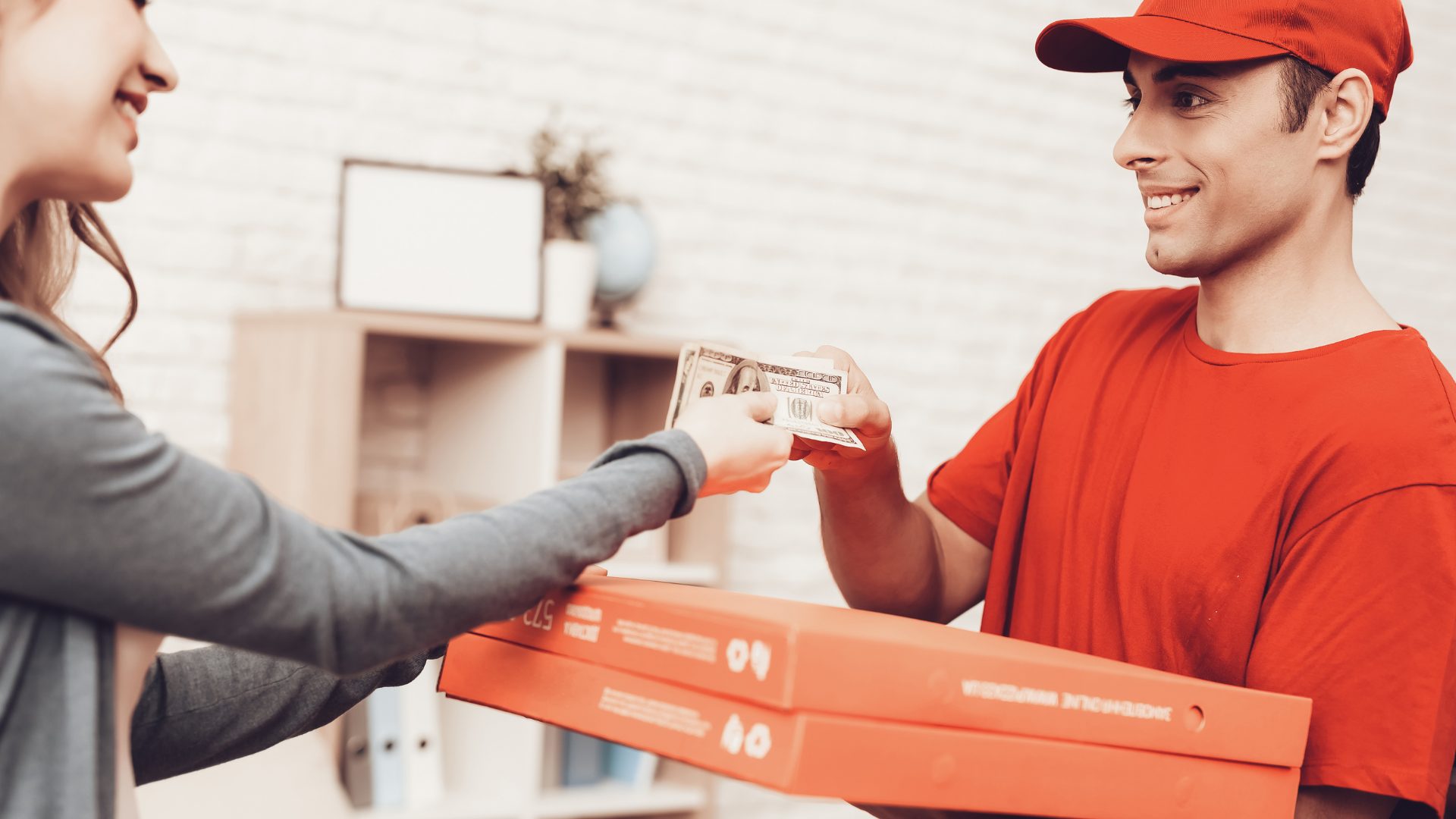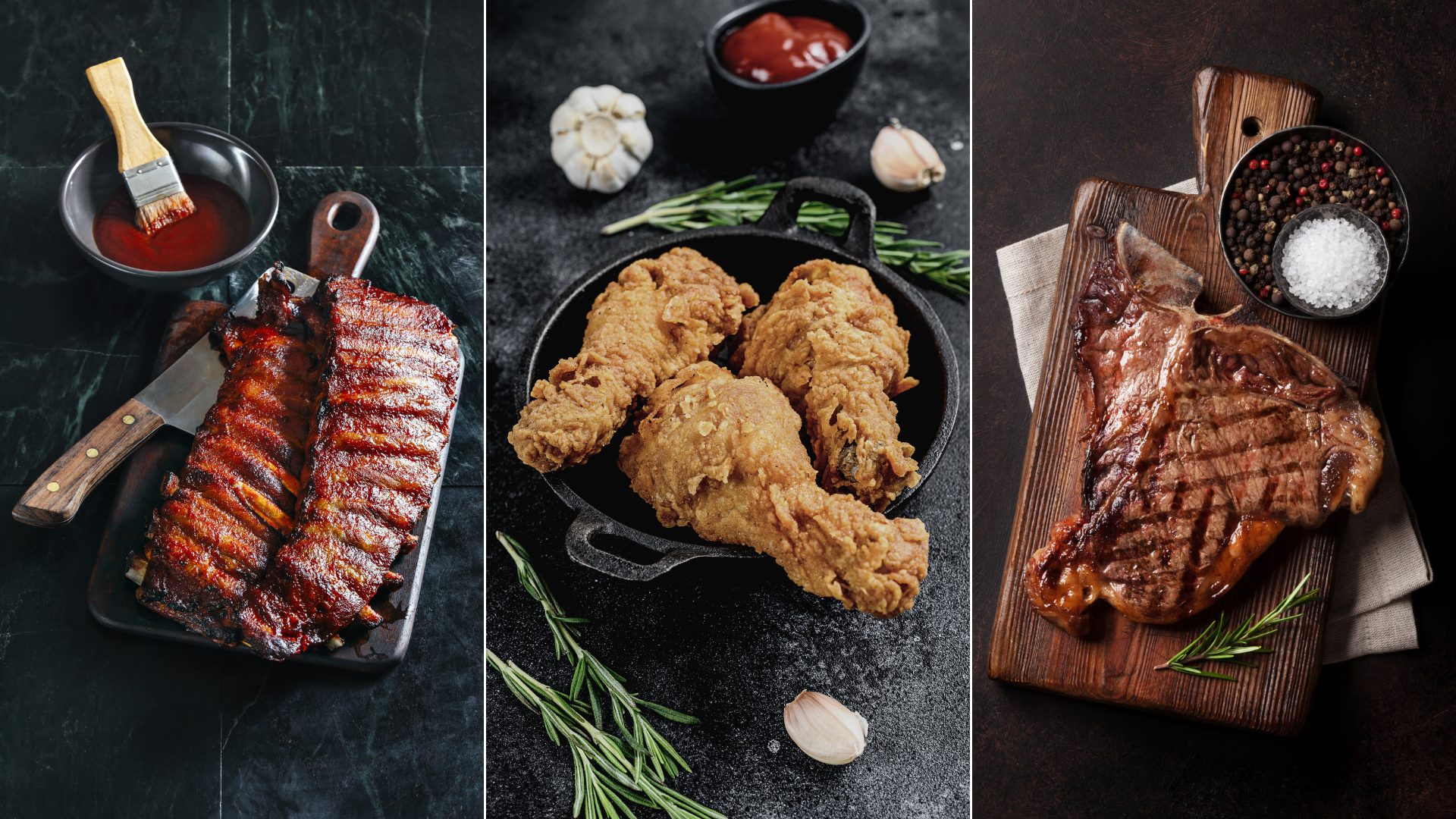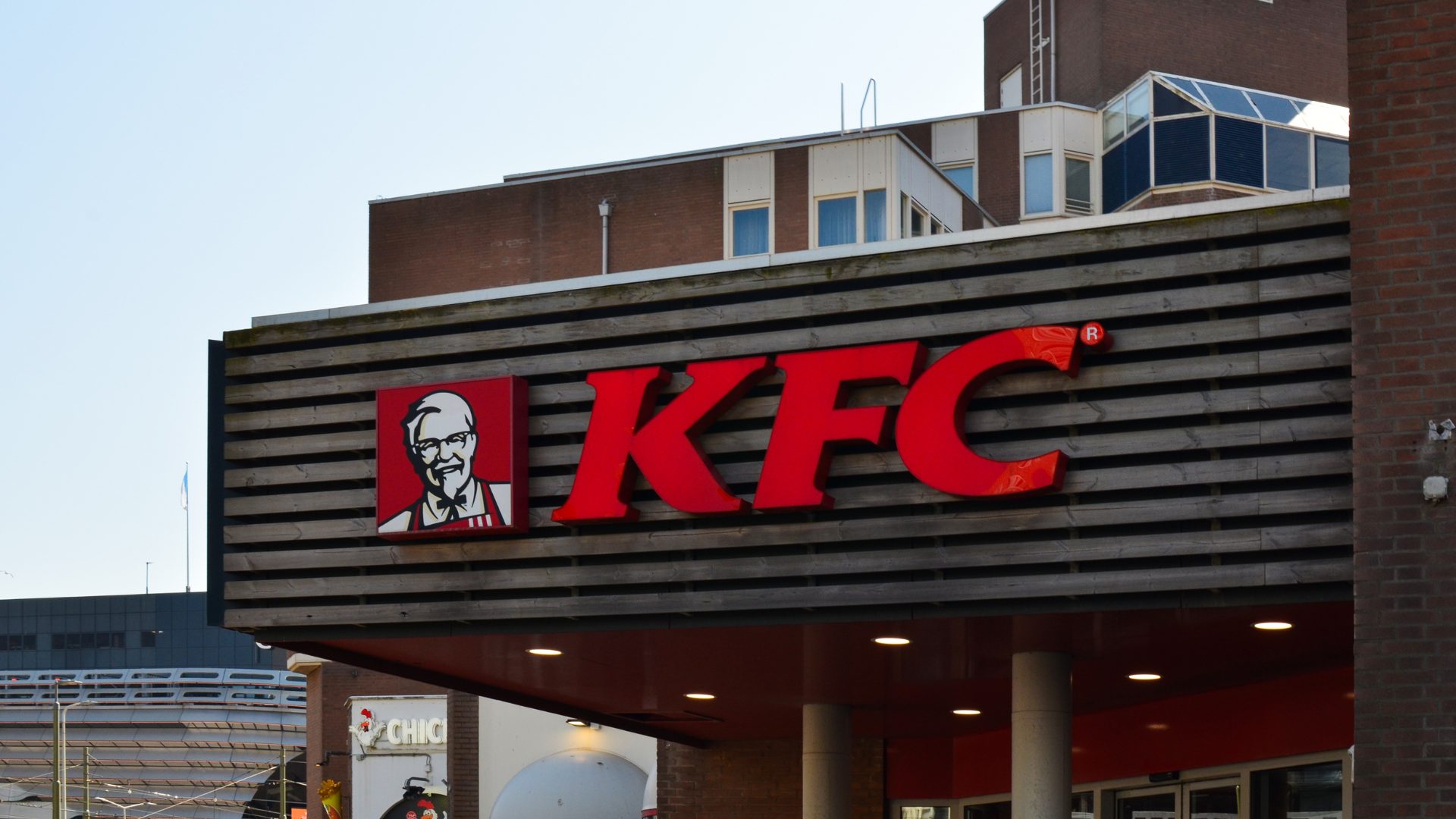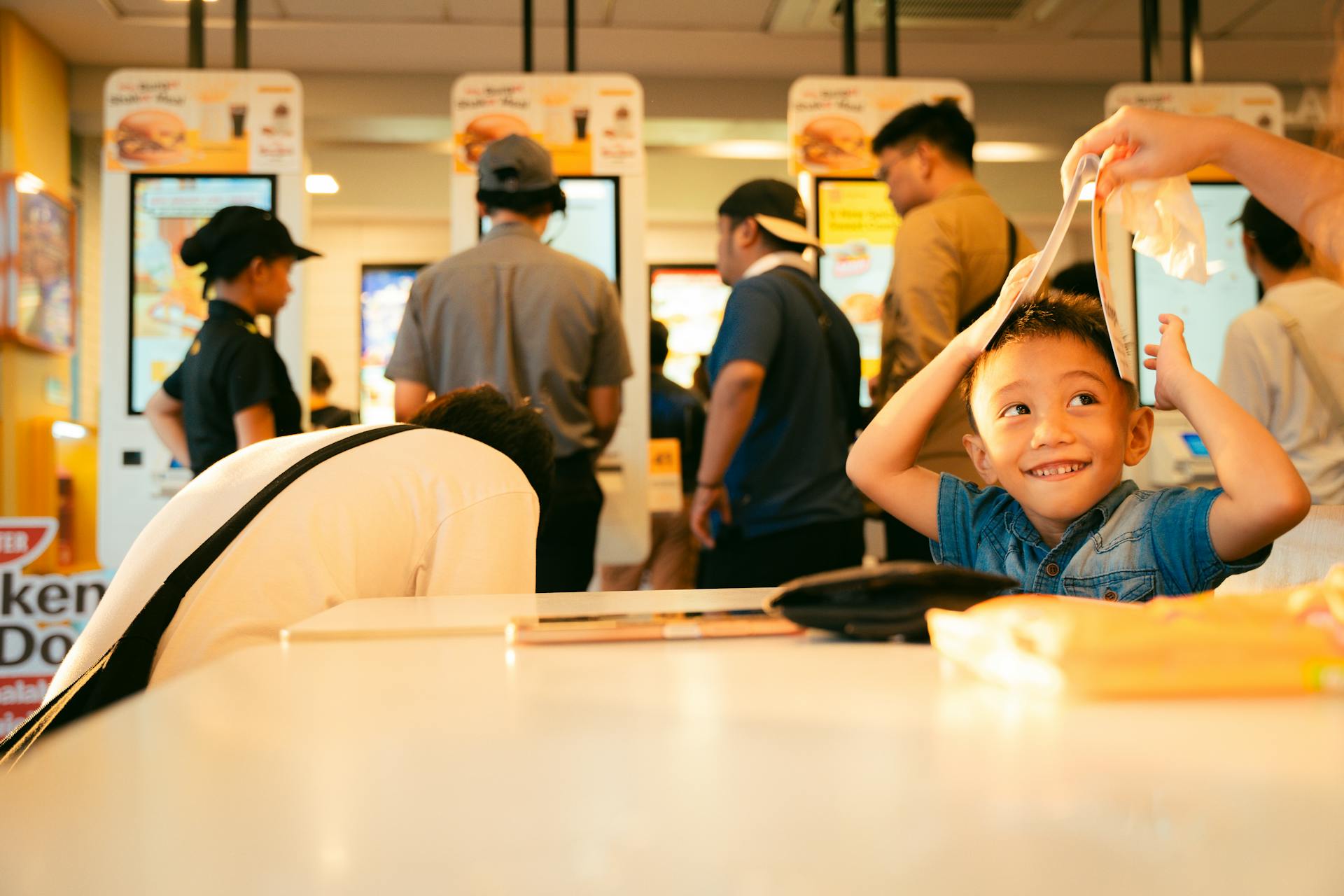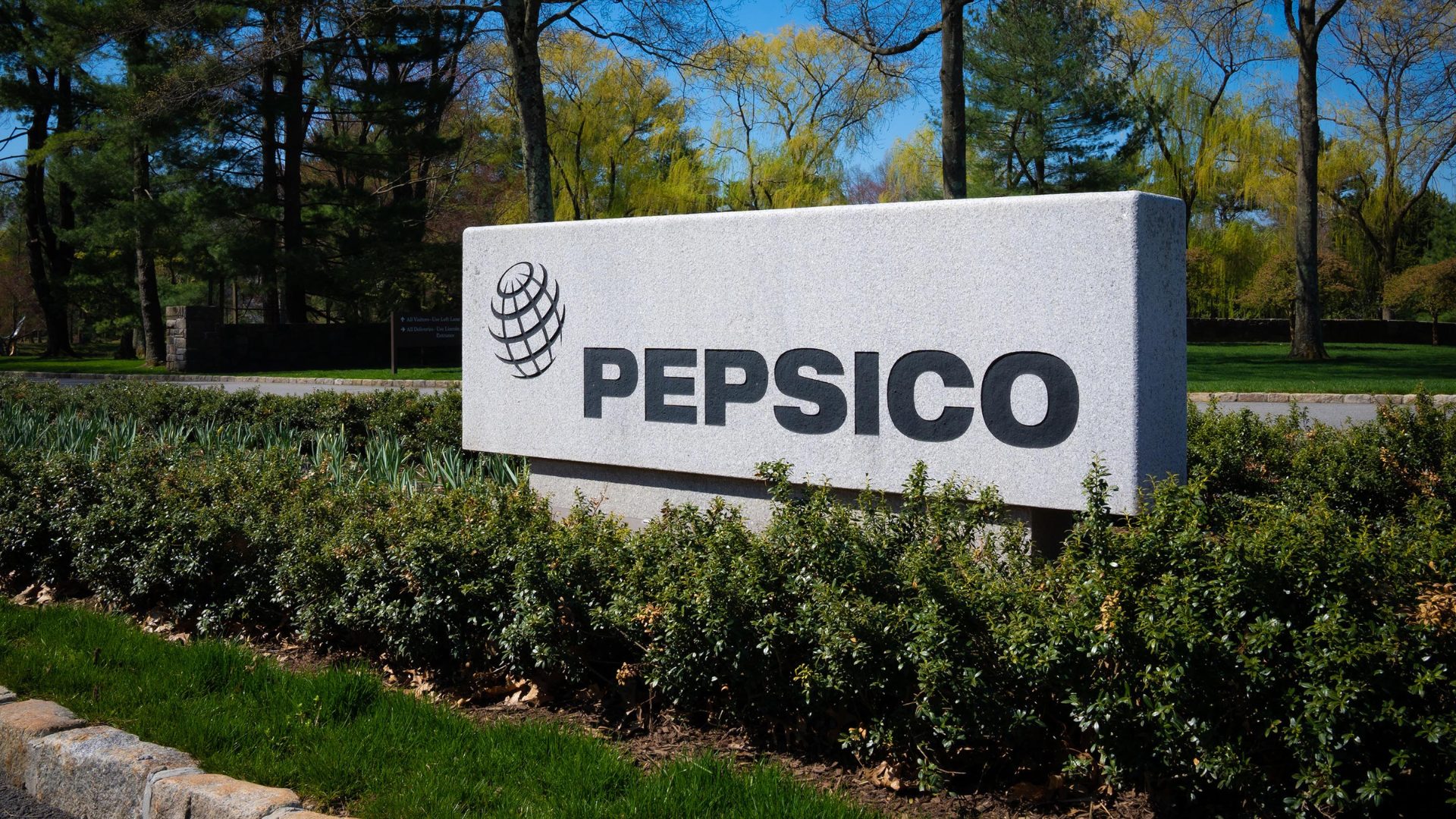Lately, the pizza industry has received a lukewarm reception from investors. The sector is, undeniably, struggling in some key respects. Domino’s last week provided a bit of a bright spot, beating Wall Street estimates by posting U.S. same-store sales growth of 5.2%. But that single data point doesn’t, on its own, prove the reversal of what has been a difficult multi-year trend.
Even following that quarter, Domino’s is only likely to post same-store growth of about 3% this year. And as we noted in August, Wall Street is concerned that even that growth is likely to fade.
Domino’s joined both Uber and DoorDash this year, and launched stuffed-crust pizzas. Investors worry that both tailwinds to sales will fade next year: Domino’s stock still sits near its lows this year, and shares have posted zero returns over the last twelve months. Total U.S. same-store sales growth from 2021 to 2025 is likely to be about 7%, a rate that obviously is well below inflation over that period.
Pizza Hut, Papa Johns Lose Heat
The news in the rest of the industry is far worse.
Pizza Hut seemingly has been trying to turn itself around for at least a decade. The chain once dominated the market, but Domino’s took the top spot in 2017. A series of executive changes in early 2020 appeared to get the chain back on track after the coronavirus pandemic, but past performance has returned. While Yum Brands’ Taco Bell chain continues to impress, Pizza Hut sales are set to decline for a second consecutive year.
At Papa Johns, turnaround efforts have stalled out. The chain clearly has lost market share: even including dividends its stock has had a lost decade, with total returns of negative 4%. Buyout rumors of late have sparked the stock, with private equity giant Apollo Global Management reportedly prepared to make an offer, but Apollo likely is looking at a turnaround situation. Four-year same-store sales growth here too is likely to be negative, based on the company’s guidance for 2025.
‘Take ‘n Bake’ chain Papa Murphy’s too has stalled out. Its owner, Canadian restaurant conglomerate MTY Food Group, doesn’t detail exact sales figures, but management commentary suggests the exact same trajectory. A spike in demand during and after the pandemic was followed by disappointing results. Late last year, MTY took a $40 million impairment on the chain’s accounting valuation, no small figure given that MTY paid $190 million for the chain six years ago.
Third-Party Delivery Eats Pizza’s Lunch – and Dinner
Obviously, figures for independent pizzerias – which still control a large chunk of the market – are more difficult to find. But commentary from Performance Food Group, which is overindexed to the Italian and pizza markets, once again shows a struggling industry. At a conference last year, PFG CEO George Holm admitted that “pizza is slow, okay.”
The obvious question is why. One potential culprit is the impressive growth of third-party delivery platforms Uber and DoorDash. Food delivery historically was focused on pizza and a few other categories like Chinese food, but the rise of delivery platforms means that essentially every restaurant now is available for delivery.
Major companies like Brinker (owner of Chili’s and Maggiano’s) and Darden (Olive Garden, LongHorn Steakhouse, and other concepts) have focused on delivery as growth drivers for their own businesses.
Pizza has competition it simply never has had before.
Pizza’s Pandemic Boom Fizzles
The more hopeful explanation is that the industry simply has hit a rough patch.
Huge growth in 2020-2021 – Papa John’s same-store sales grew a stunning 29% across those two years — created difficult comparisons for growth in future years. Executives across the space point to macroeconomic concerns and even government policy: Papa Murphy’s historically generated about 9% of sales from SNAP (Supplemental Nutrition Assistance Program) recipients, but that program has seen cuts which have pressured results this year.
But the arguments that pizza’s problem is temporary is belied not only by the presence, but the success, of the third-party delivery players. Those companies are operating in the same macroeconomic environment, yet are posting enormously impressive growth. Clearly, American consumers are spending on delivery – but a much greater portion of that spending is going to categories other than pizza.
It’s possible that the share gains from third-party delivery will start to moderate, as consumers adjust to the new environment and the wealth of choices. But the performance of pizza stocks shows that investors worry that the ‘new normal’ is a clear negative for the industry as a whole.
For decades, the simple fact that pizza was so easily and commonly delivered gave the product an edge. That edge is gone – and to re-ignite growth, the industry is going to have to find a new one.
Vince Martin is an analyst and author whose work has appeared on multiple financial industry websites for more than a decade; he’s currently the lead writer for Wall Street & Main. He has no positions in any securities mentioned.
Food for Thought Leadership
Is the future of flavor increasingly borderless? Valda Coryat, vice president of marketing for condiments and sauces at McCormick, reveals how curiosity powers McCormick’s flavor foresight, why segmentation by “flavor personality” matters, and how flavors are becoming more culturally driven.


